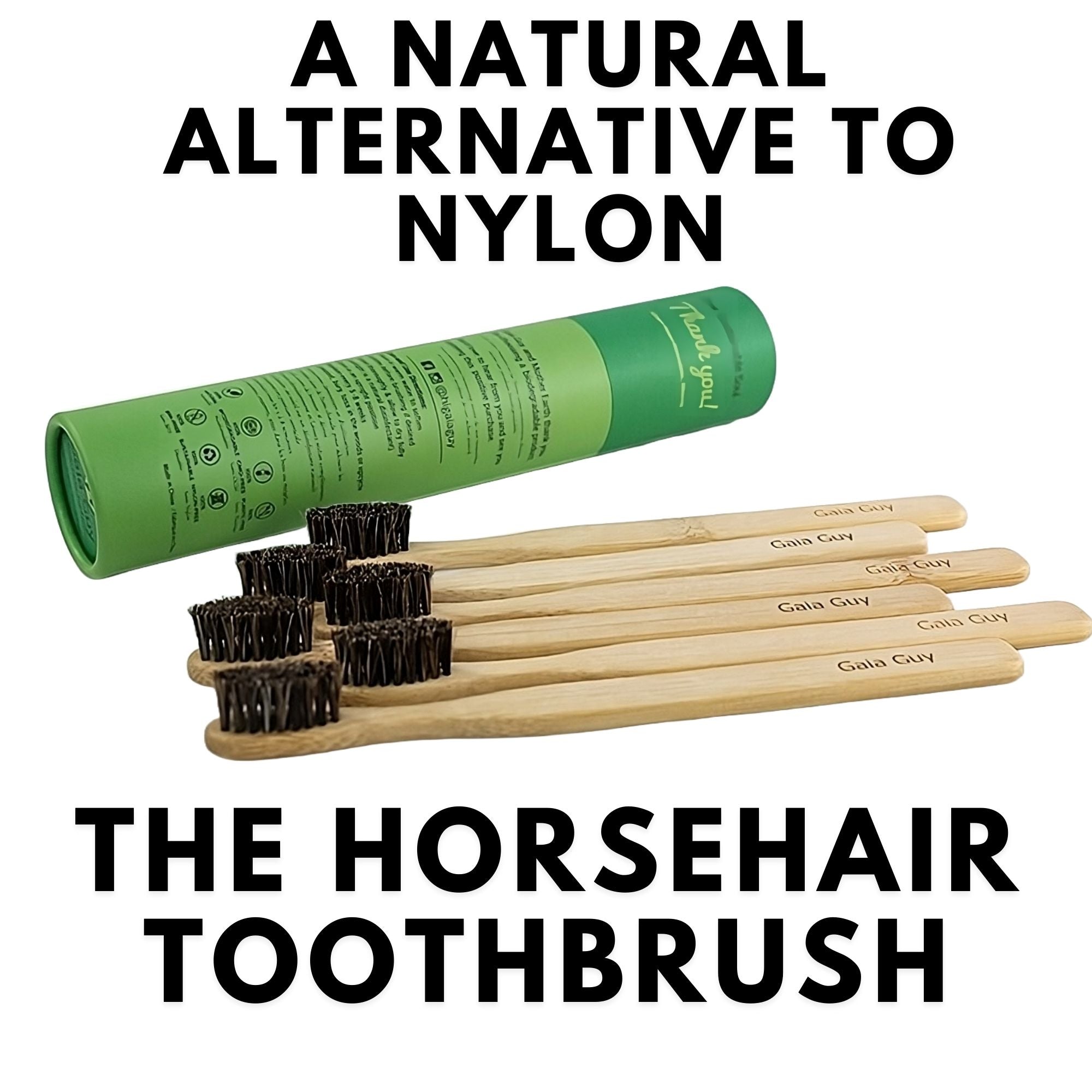
Many suppliers and then companies are offering 100% compostable products that are actually made from nylon, polyester and PLA. These products are sold as biodegradable bamboo charcoal floss or bamboo charcoal bristle toothbrushes, but do not be fooled. These products are not made from 100% bamboo fiber and contain around 70% (likely more) nylon or PLA.
I found this out when searching suppliers for a biodegradable and compostable floss. These suppliers mislead companies, who then mislead their customers as they are sitting on likely 1000s of fake compostable products.
So, let's get into the PLA hype and why natural materials should always be your first choice over these counterfeit compostable and pseudo compostable products.
What is PLA?
Polylactic Acid (PLA) is an increasingly popular plastic derived from renewable resources such as corn starch, wheat or sugarcane.
PLA is produced by fermenting the starches found in crops like corn, cassava, sugarcane or potatoes to produce lactic acid, which is then polymerised. This bioplastic can then be processed in the same way as traditional petrol-based polymers. Many biodegradable and compostable plastics need high temperature industrial composting facilities to break down, and very few cities have the infrastructure needed to deal with them. Source
Misleading Claims About PLA's Benefits
Companies are making misleading claims about PLA's benefits, continue such as suggesting that PLA is an environmentally friendly material, when in fact it does not fully biodegrade and can still generate methane as it breaks down. Additionally, there are many other materials that are more sustainable than PLA, such as bamboo for toothbrush handles and silk for floss.
The Dangers of Using PLA
Despite companies’ claims to the contrary, PLA products still create environmental pollution, particularly when disposed of incorrectly. In the marine environment, for example, PLA can take centuries to break down, potentially harming wildlife and ecosystems. Additionally, while PLA products may require less energy and water than traditional plastics, they still require energy and water to produce. It may be marginally better than nylon which is what most bamboo charcoal bristles and floss are actually made from, but still bad. We should try to better than less bad.
Alternatives to PLA: Silk and Compressed Vegetable Waste (Bagasse)
Silk and compressed vegetable waste are two viable alternatives to PLA. Silk is a natural material that has been used for centuries and is sustainable, durable, and biodegradable. It is also resistant to mold and mildew. Bagasse is the fibrous residue from crushed sugarcane, and it can be used to make products such as disposable containers, packaging materials, and textiles. It is highly durable, 100% biodegradable, and compostable. Additionally, it requires less energy and water to produce than many other materials, making it an attractive option for sustainable production.
How to Make the Switch to Silk Dental Floss
Making the switch to silk dental floss is relatively easy, as there are numerous brands offering silk floss, and even Gaia Guy has this great zero waste eco-dental kit. Additionally, you can make your own at home using recycled sari silk or yarn fibers.
Again, be very sceptical of any company offering bamboo charcoal floss as 100% bamboo fiber as this so far does not exist and it will be nylon or PLA corn starch based.
I hope this article helps to ensure you are making an environmentally friendly choice. Remember to look for products that are biodegradable, compostable, and free of petroleum-based plastic materials.










